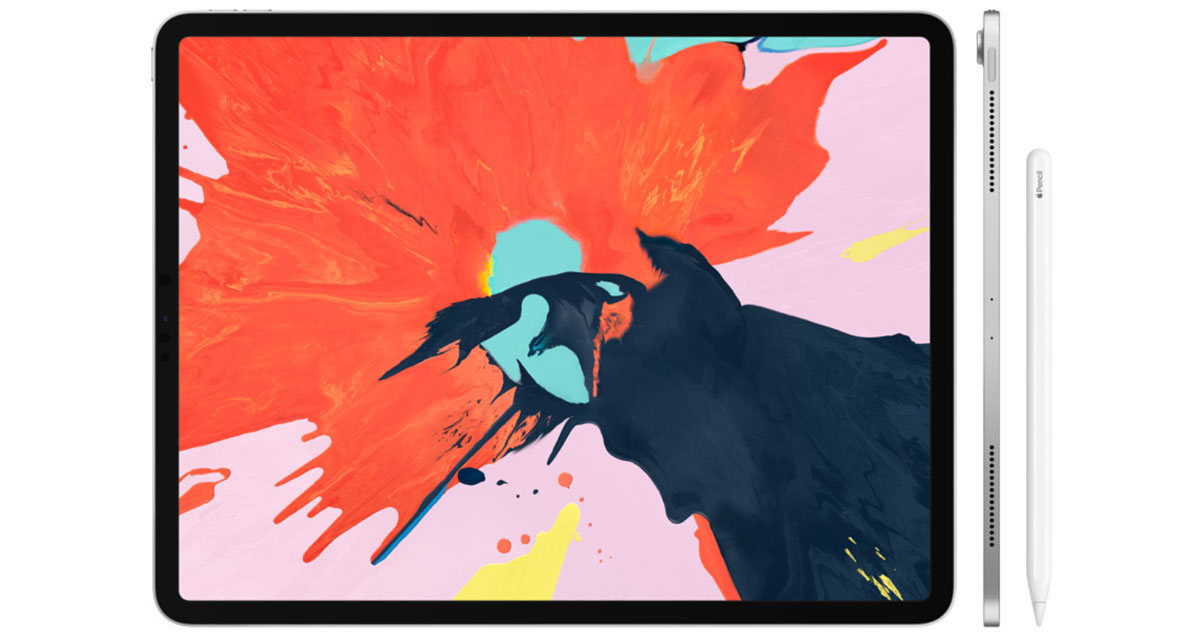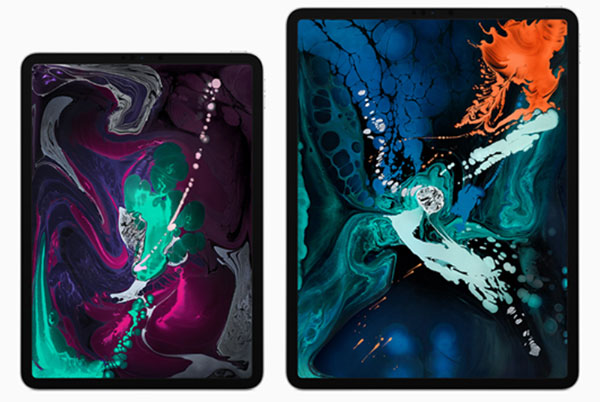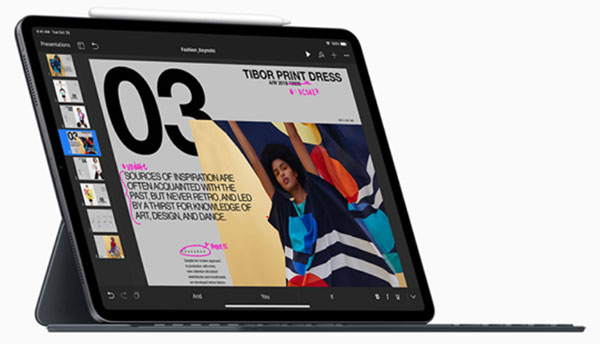As expected, Apple has used its October 30th media event to announce one of the biggest overhauls to its iPad Pro range that we have seen to date.
Aimed at those wanting to get the most out of tablet computing, as well as professionals, the new iPad Pro range, which comes in two sizes: 11-inch and 12.9-inch, features a physical redesign as well as internal professional-level improvements.

Features/Specs: The first thing that people are going to notice about the 2018 iPad Pro is that it comes with a physical overhaul that puts it right up there with the beauty of Apple’s newer iPhone models. It comes with a gorgeous edge-to-edge display with massively reduced bezels and instantly takes design inspiration from Apple’s well-received iPhones.
With that said, rather than moving to OLED technology, the iPad Pro’s display utilizes LCD (Liquid Retina) tech in order to try and keep costs down as much as possible.
From a tech perspective, the iPad Pro will ship with TrueDepth camera technology as the forward-facing camera in order to unlock Face ID functionality. This means that unlocking and authentication can be handled via facial detection in a similar fashion to Apple’s 2017 and 2018 iPhones. This will also enable other functionality such as Animoji and Memoji.

So, if you want to send personal communications that are based on the usage of Apple’s TrueDepth camera system, the iPad Pro will now facilitate that. Face ID will also be functional in both horizontal and landscape mode, which, of course, means that it’s bye-bye for Touch ID and the physical Home button.
As had been rumored for a while, the Lightning Port has been killed off, in favor of the USB-C port, which not only allows for faster charging, but supports 5K external displays, as well as a host of other peripherals. There’s also reverse charging, so now you can charge your iPhone with it as well.
Performance wise, consumers can expect a huge bump thanks to a newly integrated A12X chip which is based on the brand new A12 Bionic chip that gives iPhone XS/XS Max, and iPhone XR its power, and while larger than the A12, is based on the 7nm architecture. It also comes with a custom Apple graphics chip which is the first time that Apple has included this architecture directly within an iPad. The A12X packs an 8-core CPU with 4 performance cores and four high-efficiency cores. This makes it 35% faster overall, while multicore is 90% faster.
It really feels like the “Pro” tag is starting to be taken seriously with the level of tech that’s getting embedded into the device.
Removal of the Home button, also brings in iPhone X-like gesture-based navigation for the new iPad Pros, and should be pretty fun given that almost bezel-free experience.
Accessories:
2nd Gen. Apple Pencil is flat on one side to prevent it from rolling, and attaches and charges magnetically. “A new touch sensor built onto Apple Pencil detects taps, introducing an entirely new way to interact within apps.”

There’s also the Smart Keyboard Folio, which “protects both the front and back of iPad Pro in a simple, thin and light design encompassing a full-size keyboard that never needs to be charged or paired.”

Price: For those interested in purchasing the 2018 iPad Pro, you can find what you can expect to pay below:
- iPad Pro, 11-inch, 64GB, Wi-Fi: $799
- iPad Pro, 12.9-inch, 64GB, Wi-Fi: $999
Release Date: Thankfully, those interested in the brand new iPad range don’t have to wait an extended period of time to be able to get their hands on the hardware. Apple will be welcoming pre-orders for all models this coming. The hardware will start shipping on 7th November.
https://www.youtube.com/watch?v=LjaKHqDbzSA
https://www.youtube.com/watch?v=YJ5q8Wrkbdw
You may also like to check out:
- Downgrade iOS 12.1 To iOS 12.0.1 On iPhone Or iPad, Here’s How
- Download iOS 12.1 Final IPSW Links, OTA Update For iPhone And iPad
- Jailbreak iOS 12.1 / 12.0.1 / 12 On iPhone And iPad [Status Update]
You can follow us on Twitter, add us to your circle on Google+ or like our Facebook page to keep yourself updated on all the latest from Microsoft, Google, Apple, and the Web.

